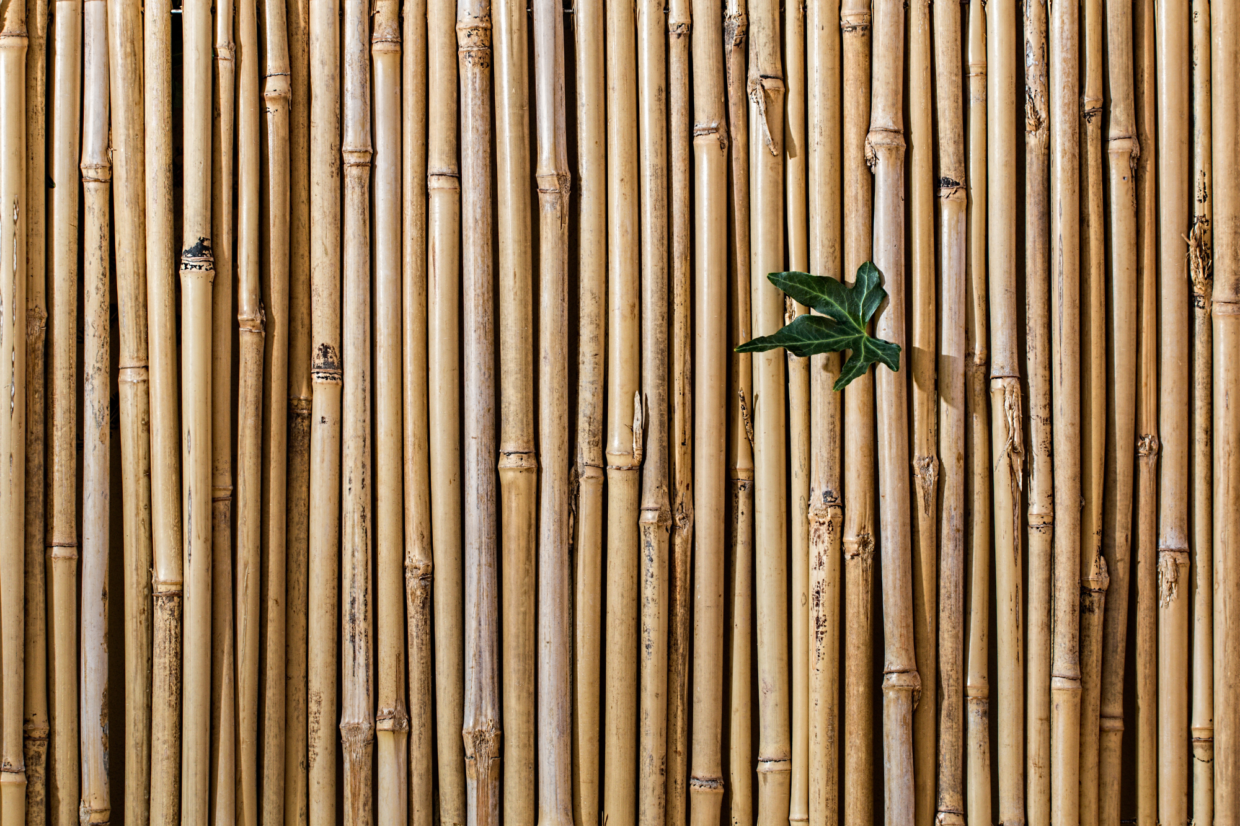The need for green building materials is growing as consumers demand more sustainable buildings and practices. But what do we mean when we use the word green? Generally, green products are efficient, renewable or have a low impact on the environment — or all three — but that’s just the starting point.
What Characteristics Make Building Materials Green?
Green building materials must solve the same problem that conventional materials do, but they also must meet a sustainability requirement. The common characteristics of green building materials include:
1. Energy efficient
Energy-efficient products use less energy to do the same task. They lower energy costs and may also lessen pollution.
2. Renewable
Renewable materials are made of natural or synthetic resources and can be regenerated again and again. For example, bamboo is a natural resource that grows quickly, while pine grows more slowly. But both of them are renewable if they are grown responsibly.
RELATED: 5 Sustainability Features Manufacturer Should Highlight on Their Websites
3. Recyclable or Made From Recycled Material
Recycled or recyclable building materials offer two environmental advantages: They save energy and reduce waste.
Recyclable materials can be reused. For example, aluminum cans are 100% recyclable and can be reused again and again. Glass can be crushed to create new glass, but there’s a limit to how many times it can be recycled. Similarly, wood, masonry and insulation can all be reused to make new green building materials, but they can’t be reused an unlimited number of times.
4. Nontoxic
Nontoxic materials do not emit odors, irritants or hazardous compounds that are detrimental for human health. Volatile Organic Compounds or VOCs are an example of toxic gases that vaporize from a material and cause irritation, as the NJ Green Building Manual explains. Formaldehyde, the best known VOC, is a carcinogen that’s commonly used in traditional building materials. It’s colorless, but its strong odor makes it easily identifiable.
5. Durable and Easy to Maintain
Durable materials don’t need to be upgraded or repaired as often, which preserves resources and energy. Materials that are easy to maintain require less money, time and effort to stay in good condition.
6. Cost-Effective
One of the most variable characteristics of green building materials is price. Some of the greenest building products are more expensive on the front end but save money in the long run. It’s important to look at the life cycle of a product to take into account not just the initial cost but also the cost of maintenance, operation and disposal. For example, air dryers such as Excel Dryer help companies reduce paper waste, which is a recurring cost.
7. Locally Sourced
Transporting goods across long distances consumes a lot of energy, a factor that can outweigh other concerns. A product that can be purchased locally is often the best choice.
Examples of Green Building Materials
Here are examples of products that fit one or more of these green characteristics:
- LED lighting
- Bamboo flooring
- Energy-efficient appliances
- Reclaimed wood
- High-efficiency glass windows
- Solar panels
- Recycled steel
- Precast concrete slabs
- Cork
- Low VOC paint
The demand for green building materials and practices shows no sign of slowing down. When manufacturers make the characteristics of green building materials easy to find and download, architects and contractors are more likely to incorporate them into their projects.
Written By Candace Shackelford

